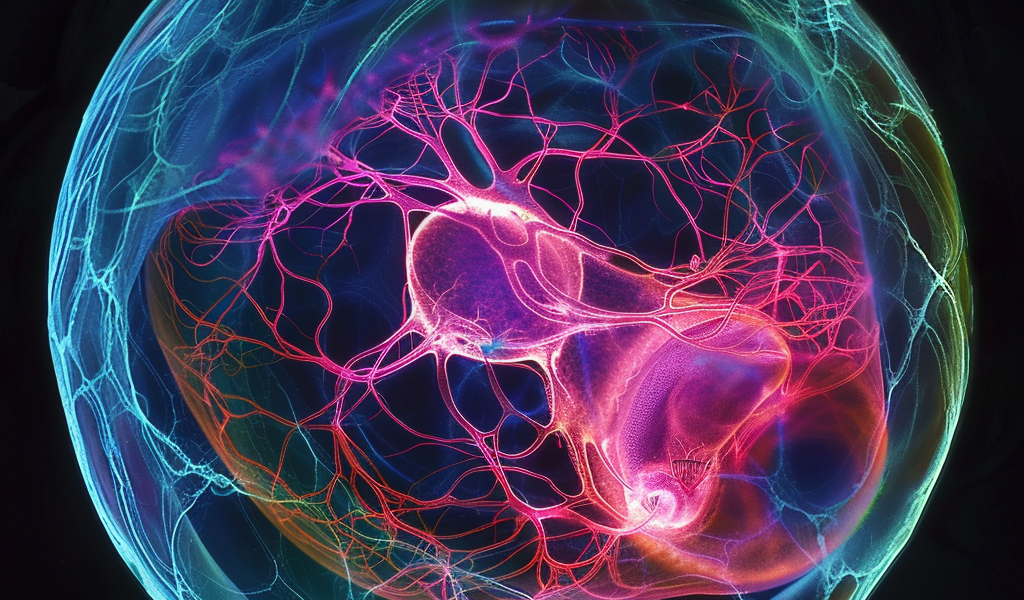Researchers at The University of Queensland have made a groundbreaking discovery in the field of embryonic development, shedding light on congenital birth defects. Dr. Melanie White and Dr. Yanina Alvarez from UQ’s Institute for Molecular Bioscience utilized quail eggs to observe the formation of tissues like the heart, brain, and spinal cord in real-time.
The team, which also included Marise van der Spuy and Jian Xiong Wang, published their findings in the Journal of Cell Biology. Dr. White highlighted that congenital birth defects impact 3% of Australian infants, with heart defects being the most prevalent, followed by neural tube defects.
By employing quail eggs, the researchers were able to capture high-resolution images and videos of crucial early developmental processes. This method provided insights into how cells migrate and form vital structures during embryonic development.
The team engineered quails with a fluorescent protein that illuminated the actin cytoskeleton, a structure essential for cell shape and movement. Dr. White explained how cells extend protrusions known as lamellipodia and filopodia to interact with their environment and neighboring cells, facilitating tissue formation.
One of the key observations was the visualization of heart stem cells making contact and initiating the formation of the early heart. This live imaging revealed the intricate process of cells reaching out and connecting with each other, guided by the actin cytoskeleton.
In addition to studying heart development, the researchers also observed the closure of the neural tube, a critical step in brain and spinal cord formation. They noted that disruptions in this process during human development’s fourth week could lead to severe defects in these vital structures.
The team’s ultimate goal is to identify specific proteins or factors that play crucial roles in embryonic development, potentially offering new insights into preventing congenital birth defects.





